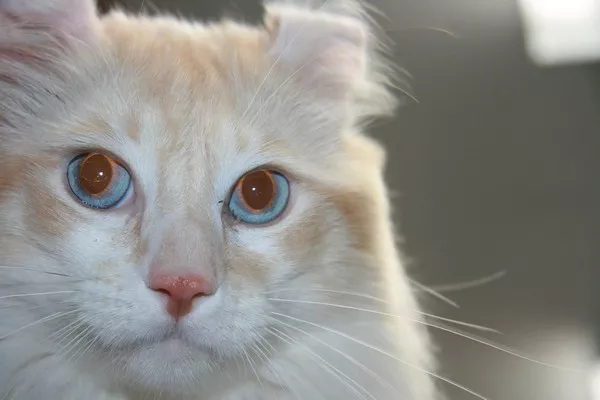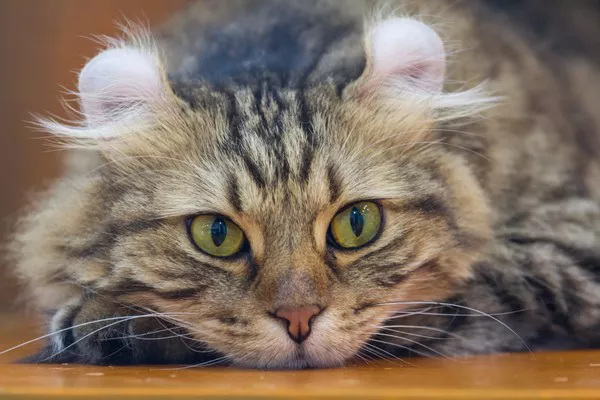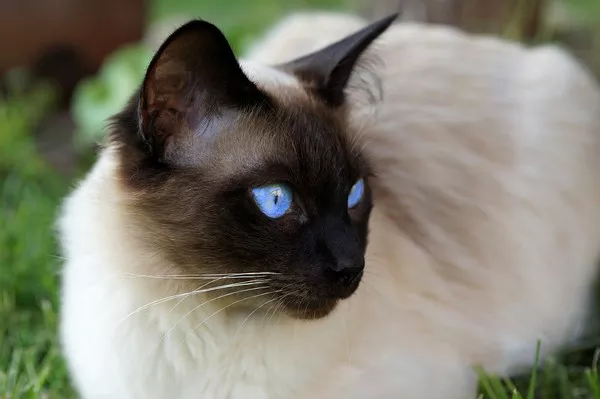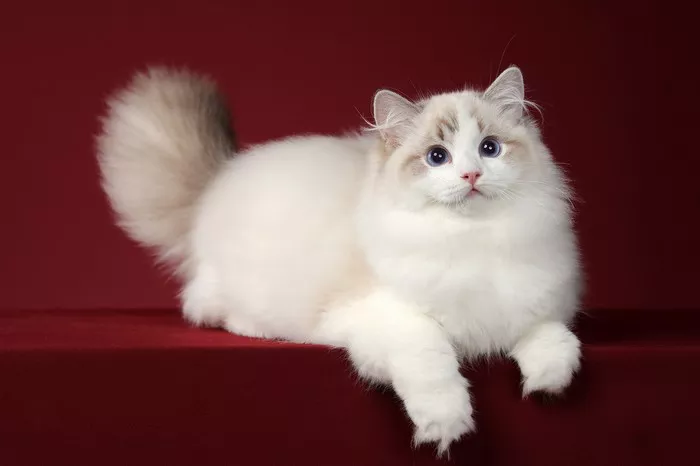Cats are renowned for their independent and sometimes elusive nature, but when it comes to their health, responsible pet owners know that preventive measures are key. One often overlooked aspect of feline well-being is oral health. Dental issues can affect cats of all ages, and preventive care, including regular brushing with vet-approved cat toothpaste, plays a crucial role in maintaining a cat’s overall health.
Just like humans, cats can experience dental problems such as plaque buildup, tartar formation, and even periodontal disease. Poor oral health can lead to discomfort, difficulty eating, and more severe health issues if left unaddressed. Prevention is the cornerstone of cat dental care, and brushing your feline friend’s teeth is a proactive step in ensuring their oral hygiene.
Benefits of Regular Cat Toothbrushing:
Prevents Plaque and Tartar Buildup: Regular brushing helps remove plaque, a sticky film of bacteria, and prevents its hardening into tartar, which can contribute to gum disease.
Reduces Risk of Periodontal Disease: Periodontal disease is a common issue in cats, and consistent brushing can reduce the risk by maintaining optimal oral hygiene.
Addresses Bad Breath: Foul breath in cats is often a sign of dental issues. Brushing helps combat bad breath and keeps your cat’s breath fresh.
Prevents Tooth Decay and Loss: Just like in humans, tooth decay and loss can occur in cats. Brushing aids in preventing these issues, promoting a healthier mouth.
Choosing the Right Cat Toothpaste: What Veterinarians Recommend
When it comes to selecting a cat toothpaste, not all products are created equal. Vet-approved cat toothpaste is formulated with feline health in mind, addressing their unique needs and preferences. Here are key considerations when choosing the right toothpaste for your cat:
1. Flavor Preferences:
Cats can be picky, and their taste preferences play a significant role in whether they accept toothbrushing. Vet-approved toothpaste comes in various flavors like chicken, seafood, or malt, making the experience more palatable for your feline companion.
2. Toothpaste Ingredients:
Vet-approved toothpaste typically avoids harmful ingredients and focuses on those beneficial for oral health. Look for toothpaste that contains enzymes to combat bacteria, as well as safe abrasives to assist in plaque removal.
3. No Fluoride:
Unlike in human toothpaste, fluoride is not a necessary component in cat toothpaste. In fact, it can be harmful to cats if ingested in large amounts. Opt for fluoride-free options to ensure your cat’s safety.
4. Ease of Use:
Choosing a toothpaste that is easy to apply and use is crucial. Some formulations come in convenient applicators, while others can be applied directly to the teeth. Consider your cat’s temperament and choose a product that aligns with their comfort level.
5. Cat-Friendly Texture:
The texture of the toothpaste matters. Cats may be more receptive to gels, pastes, or foams based on their preferences. Experiment to find the texture that your cat finds most agreeable.
6. Vet Recommendations:
Seeking guidance from your veterinarian is invaluable. They can recommend specific toothpaste brands based on your cat’s individual needs, health status, and any existing dental concerns.
Steps to Introduce Toothbrushing to Your Cat
Getting your cat accustomed to toothbrushing may require patience and a gradual approach. Here are steps to help you introduce this important routine:
1. Familiarization:
Allow your cat to become familiar with the toothpaste by letting them lick a small amount off your finger. This introduces them to the taste and texture.
2. Gentle Touch:
Once they are comfortable with the taste, introduce a soft toothbrush or finger brush. Gently touch their teeth and gums to accustom them to the sensation.
3. Short Sessions:
Keep the initial sessions short to prevent stress. Gradually extend the duration as your cat becomes more accustomed to the process.
4. Positive Reinforcement:
Reward your cat with praise or treats after each successful brushing session. Positive reinforcement encourages cooperation.
5. Consistency is Key:
Establish a regular brushing routine. Consistency helps your cat adapt to the process, making it a more stress-free experience over time.
See Also: Brush My Cat’s Teeth: Significance, Brushing Process, & More
Top Vet-Approved Cat Toothpaste Brands
Several reputable brands offer vet-approved cat toothpaste, ensuring the highest standards of feline dental care. Here are some well-regarded options:
1. Virbac C.E.T. Enzymatic Toothpaste:
Known for its enzymatic action against plaque, Virbac’s toothpaste comes in feline-friendly flavors and is well-received by cats.
2. Vetoquinol Enzadent Enzymatic Toothpaste:
With a poultry flavor, this toothpaste is formulated with a triple enzyme system for effective dental care.
3. TropiClean Fresh Breath Oral Care Gel:
This gel-based toothpaste is made with natural ingredients and offers a convenient alternative for cat owners.
4. Petsmile Professional Pet Toothpaste:
Endorsed by veterinary professionals, Petsmile’s toothpaste is designed for effective cleaning and is free from harsh abrasives.
5. Arm & Hammer Clinical Care Dental Kit for Cats:
This kit includes a dual-headed toothbrush and enzymatic toothpaste, providing a comprehensive solution for cat dental care.
Conclusion:
Vet-approved cat toothpaste is a valuable tool in ensuring the oral health of your feline companion. By choosing the right toothpaste, introducing brushing gradually, and maintaining consistency, you contribute significantly to preventing dental issues and promoting your cat’s overall well-being.
As a responsible pet owner, consulting with your veterinarian is paramount. They can offer tailored recommendations based on your cat’s unique needs and provide guidance on establishing an effective dental care routine. With the right toothpaste and a bit of patience, you can embark on a journey towards ensuring your cat enjoys a lifetime of excellent oral health.



























